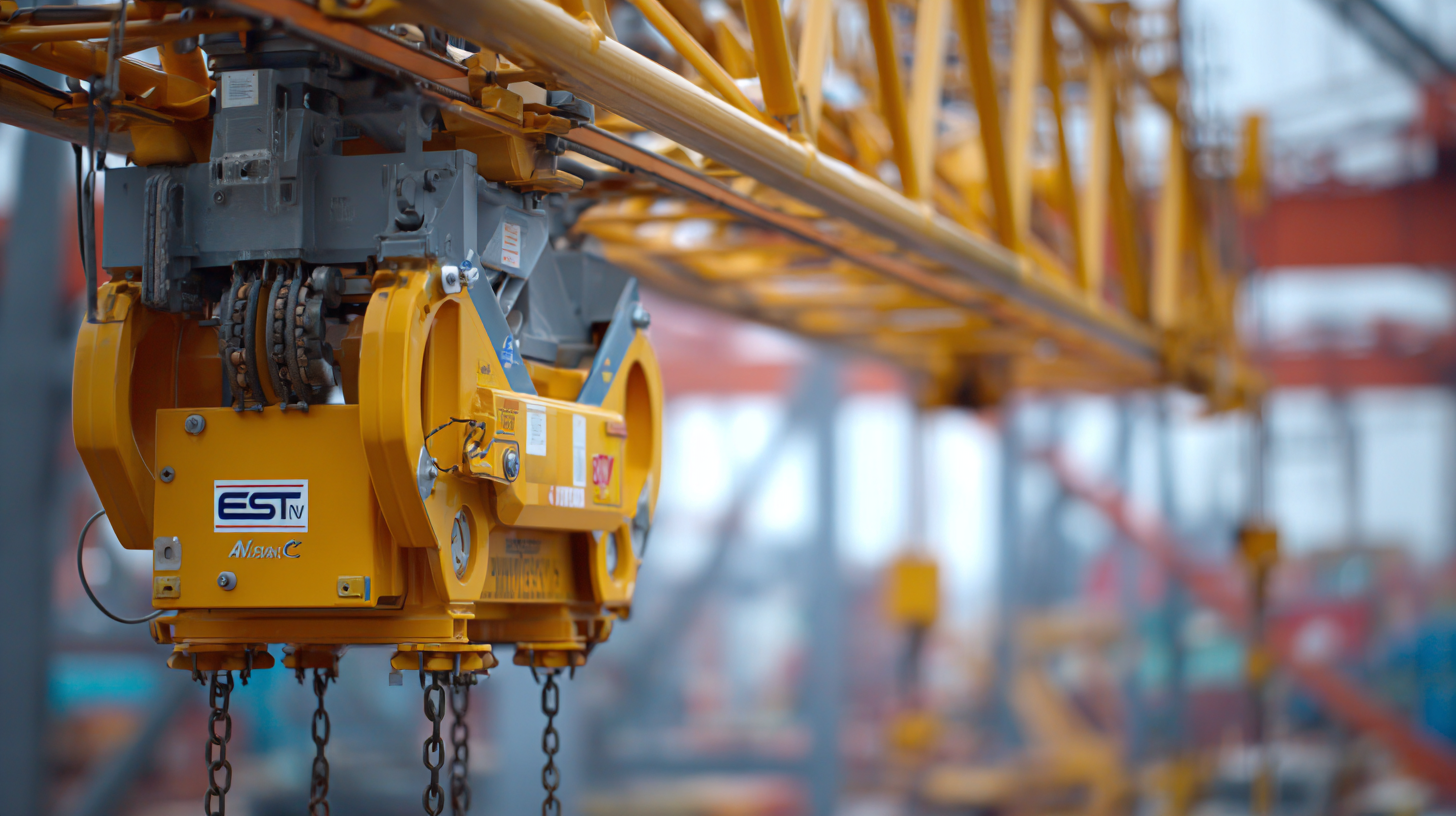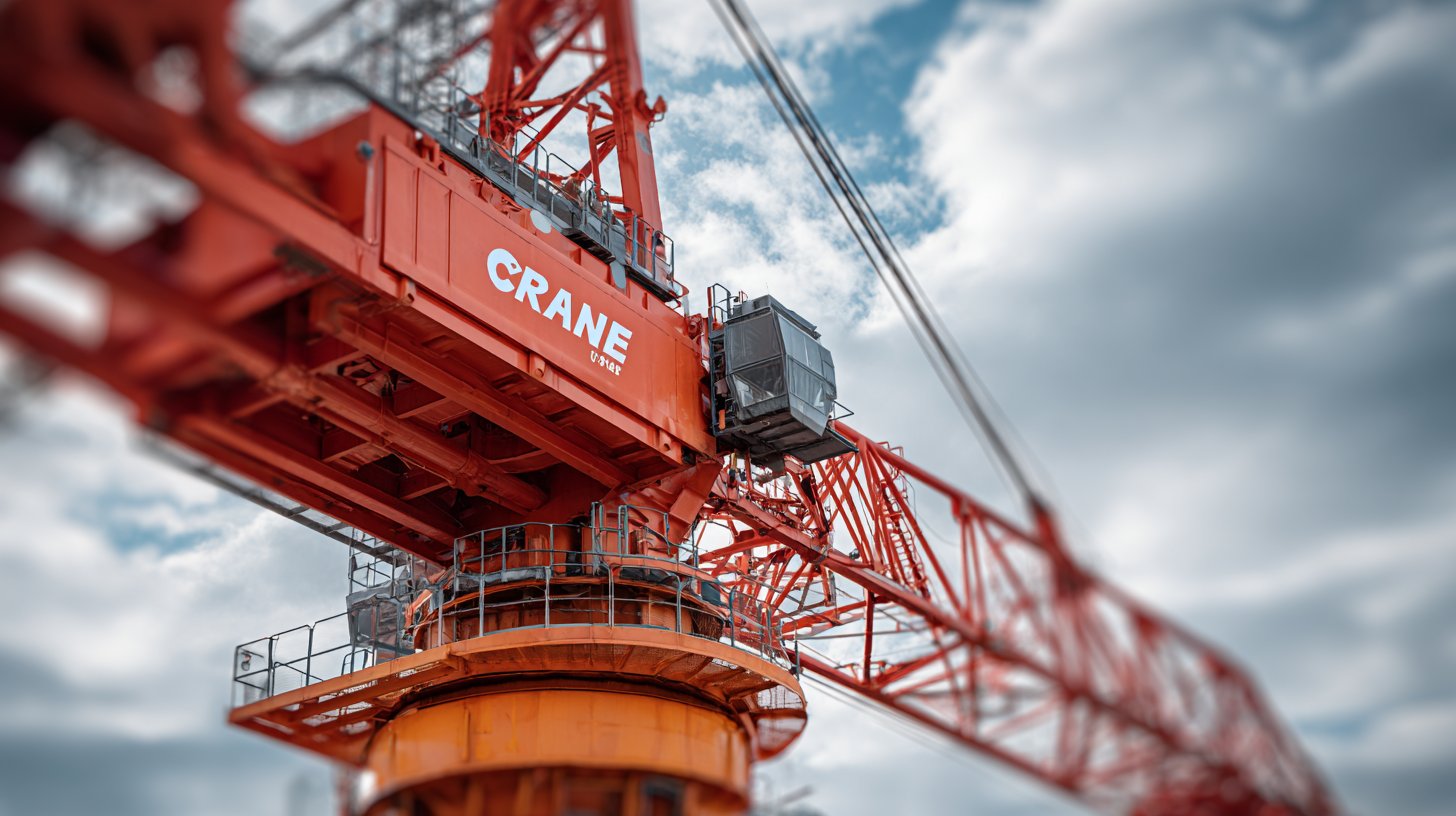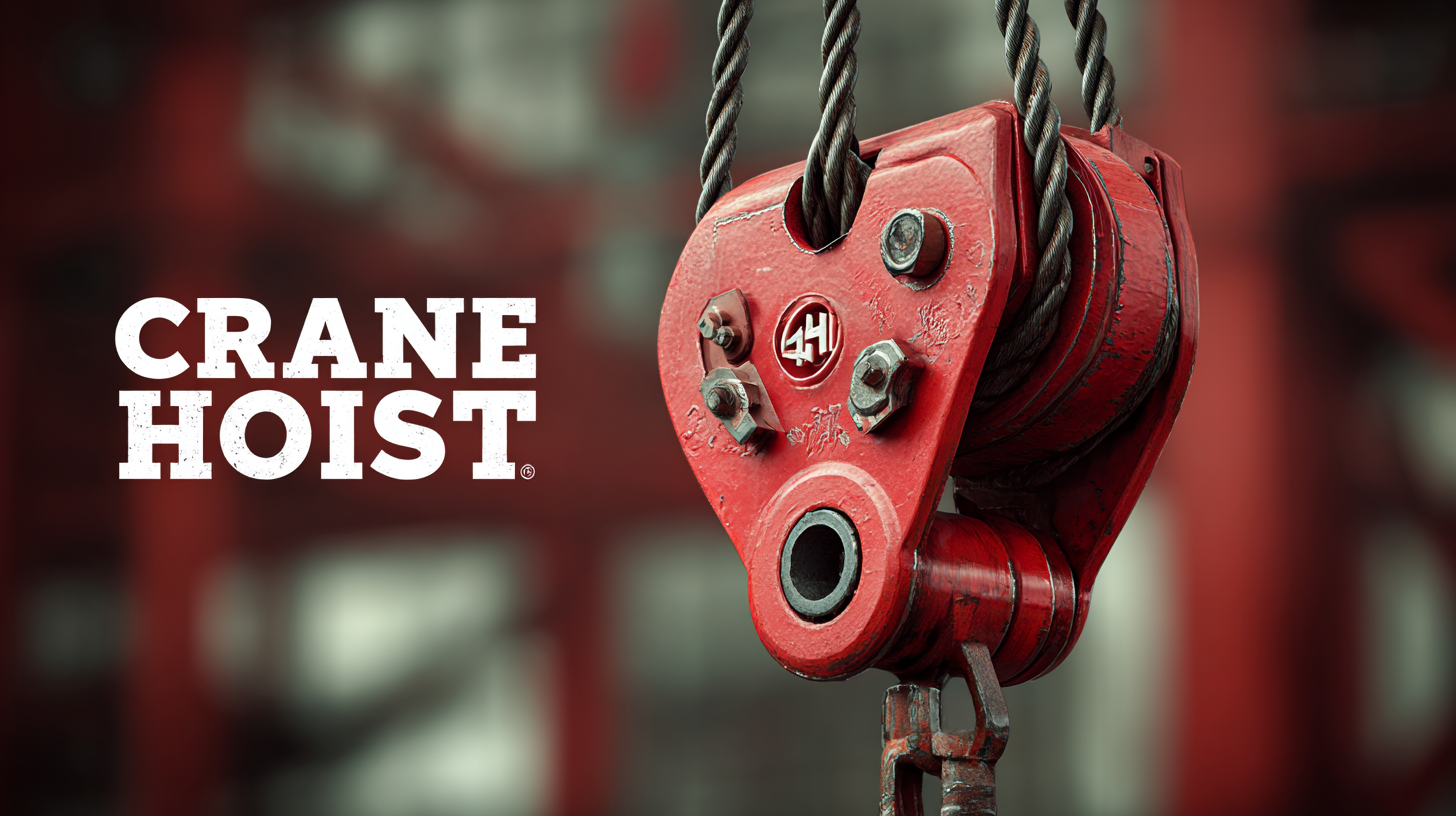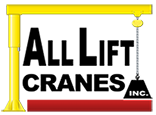Navigating 2025: Emerging Trends and Best Practices for Global Crane Hoist Procurement
As we move towards 2025, the landscape of Crane Hoist procurement is evolving rapidly, influenced by emerging trends and best practices that are reshaping the industry. Understanding these dynamics is crucial for businesses seeking to optimize their supply chain and ensure they source equipment that not only meets their operational needs but also aligns with sustainability and technological advancements. In this blog, we will explore the "How to" strategies for effectively navigating the complexities of global Crane Hoist procurement. From leveraging digital tools for better supplier management to identifying key performance indicators that drive efficiency, this guide aims to arm procurement professionals with the insights necessary to make informed decisions. Join us as we delve into the critical factors that will define successful Crane Hoist procurement in the years to come.

Understanding the Key Drivers Shaping Crane Hoist Procurement Trends in 2025
As we approach 2025, the landscape of crane hoist procurement is evolving due to several key drivers. One major factor is the increasing emphasis on sustainability. Companies are now prioritizing suppliers who adopt eco-friendly practices and offer energy-efficient products. This shift not only reflects a growing corporate responsibility but also aligns with regulatory measures that encourage green procurement strategies.
Tip: When evaluating suppliers, consider their sustainability certifications and track record in minimizing environmental impact. Engage in conversations about their initiatives to reduce carbon footprints and the efficiency of their hoisting solutions.

Another significant trend is the rise of digital transformation within the procurement process. Advanced technologies such as AI and IoT are revolutionizing how crane hoists are selected, tracked, and maintained. Digital platforms enable procurement teams to gather real-time data, evaluate supplier performance, and optimize fleet management.
Tip: Invest in procurement software that integrates with IoT devices to monitor equipment usage and maintenance needs. This can lead to more informed purchasing decisions and extended equipment lifespan, ultimately enhancing operational efficiency.
Innovative Technologies Transforming Crane Hoist Selection and Efficiency
As we navigate through the evolving landscape of crane hoist procurement in 2025, innovative technologies are poised to redefine the selection process and enhance operational efficiency. Advanced automation systems, driven by artificial intelligence and IoT, are enabling real-time monitoring and predictive maintenance, reducing downtimes by up to 30%, according to a recent report by the International Crane Association. These technologies not only streamline operations but also significantly lower the total cost of ownership, making them a vital consideration for industry players.
Tips for selecting the right crane hoist include an evaluation of the load capacity and the specific operational environment, as different settings will impose varying demands on equipment. Choosing hoists equipped with smart technology can help in collecting data that informs better decision-making and improves safety measures. Furthermore, integrating energy-efficient models can lead to substantial savings; studies show that energy-efficient hoists can reduce energy consumption by nearly 25%, aligning with sustainability goals while minimizing operational costs.
In addition to technology, focusing on vendor relationships is crucial. A collaborative approach to procurement can yield tailored solutions that meet unique operational challenges. By leveraging technological innovations and fostering strong partnerships, companies can enhance their crane hoist systems, paving the way for improved efficiency and productivity in their operations.
Sustainable Practices in Crane Hoist Procurement: A Necessity for 2025
As we approach 2025, the importance of sustainable practices in crane hoist procurement has reached critical levels. The global crane market, projected to be worth over $50 billion by 2025, is increasingly influenced by environmental considerations. Companies are now prioritizing energy-efficient models and materials that minimize environmental impact. According to recent industry analysis, the demand for tower cranes, particularly hammerhead and luffing jib models, is driven not only by their efficiency but also by their reduced carbon footprint.
Tip: Evaluate the lifecycle impact of cranes during procurement. Choose models that not only meet project requirements but also promote sustainable operations through technological advancements, such as electric drives or hybrid systems.
Furthermore, integrating circular economy principles, such as leasing instead of outright purchasing, can further mitigate resource use. As per current trends, 60% of constructions firms are expected to adopt sustainable procurement practices by 2025. This shift will not only enhance corporate responsibility but also lead to long-term cost savings.
Tip: Collaborate with suppliers who are committed to sustainable practices. Establishing partnerships with manufacturers that prioritize green technology can result in innovative solutions tailored to your procurement needs.
Navigating 2025: Emerging Trends and Best Practices for Global Crane Hoist Procurement - Sustainable Practices in Crane Hoist Procurement: A Necessity for 2025
| Dimension | Current Status | Emerging Trends | Best Practices |
|---|---|---|---|
| Sustainability Standards | Inconsistent adoption across regions | Increased regulation on emissions | Adopt ISO 14001 certification |
| Supplier Collaboration | Traditional procurement models | Strategic partnerships for sustainability | Conduct joint sustainability assessments |
| Technology Integration | Limited usage of smart technologies | Rise of IoT in crane hoists | Implement predictive maintenance tools |
| Circular Economy | Initial adoption by few companies | Growing emphasis on whole-life value | Develop take-back and recycling programs |
| Regulatory Compliance | Varying regulations across markets | Unified global standards expected | Stay updated on regulatory changes |
Best Practices for Global Sourcing: Navigating Challenges in Crane Hoist Acquisition
As the material-handling market undergoes significant transformations, organizations aiming for successful crane hoist acquisition must adopt best practices that address emerging challenges. The ongoing fragmentation within the sector, combined with varied macroeconomic trends, requires a proactive approach to global sourcing. Companies must prioritize understanding these trends, which may include supply chain disruptions, fluctuating material costs, and evolving technology requirements.
To navigate the complexities of crane hoist procurement, organizations should focus on establishing strong relationships with reliable suppliers. By fostering open communication and transparency, businesses can better anticipate potential issues and adapt to changes in demand or availability. Additionally, embracing innovative technologies can streamline procurement processes, enhance efficiency, and provide valuable insights into market dynamics. Ultimately, a strategic approach to global sourcing will ensure that businesses remain competitive in an ever-changing material-handling landscape.
Navigating 2025: Trends in Crane Hoist Procurement
Evaluating Supplier Reliability and Performance Metrics in 2025 Crane Hoist Procurement
In 2025, the procurement landscape for crane hoists is evolving, with a heightened focus on evaluating supplier reliability and performance metrics. As companies increasingly rely on advanced technologies and automation, it’s critical to establish criteria that accurately assess potential suppliers. Metrics such as on-time delivery rates, adherence to industry standards, and historical performance data are essential in determining a supplier's capability to meet rigorous demands. Additionally, assessing a supplier’s financial stability and capacity to scale operations in response to market fluctuations can further inform procurement decisions.
Another emerging trend is the integration of sustainability into the supplier evaluation process. With a growing emphasis on environmental responsibility, companies are seeking suppliers that demonstrate commitment to sustainable practices, including energy-efficient manufacturing processes and effective waste management. By employing a holistic supplier evaluation strategy that encompasses reliability, performance metrics, and sustainability efforts, businesses can mitigate risk while ensuring they partner with suppliers who align with their long-term goals. This rigorous evaluation framework not only enhances procurement efficiency but also fosters a resilient supply chain equipped to navigate the complexities of the global market.

